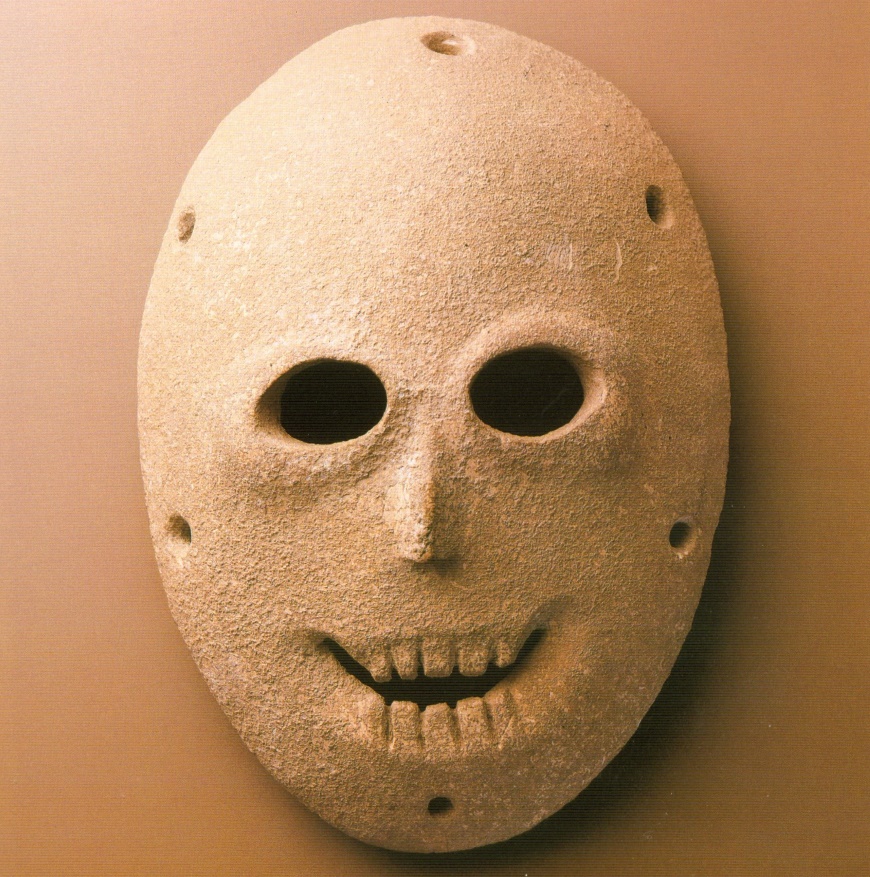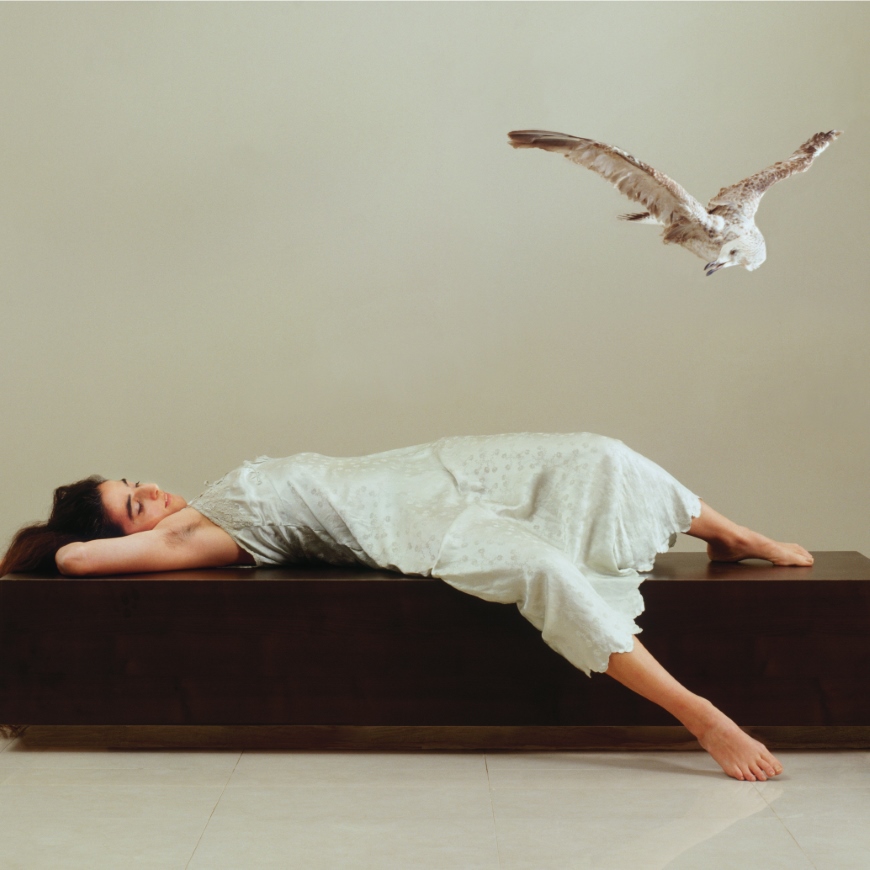
Special Display: The Olympic Games in Ancient Greece
-
July 1 2021 - December 25 2021
Curator: Galit Bennett-Dahan
This display of ancient Greek artifacts related to sports and the Olympic Games could not be more timely as we follow with bated breath the games currently taking place in Tokyo.
In ancient Greece, sports were of prime importance. Physical education and the cultivation of the body were seen as an integral part of arete – the quest for all-encompassing excellence. Moreover, athletic competitions were held in honor of the gods and were thus an essential component of religious festivals.
Towering over all the other competitions were the Olympic Games, held every four years in the city of Olympia between 776 BCE and 393 CE. They included boxing, horse races, and the pentathlon (Greek for “five competitions”): footrace, long jump, javelin and discus throwing, and wrestling. As the athletes – all men – competed in the nude, except for chariot races, they took extra good care of their body and covered it in oil. The winners were honored and celebrated, as well as receiving prizes such as wreaths of olive or laurel leaves and oil jars. Sometimes they even had statues made after them, and their names were entered in the city-state’s official records.
This special display features sculptures and pottery vessels adorned with beautiful depictions of athletes in action, as well as objects that were used by the athletes when competing: decorated oil jars, utensils for removing oil from the body, a victory coin, and an original, standard-weight bronze discus.

two athletes, one holding discus, depicted on etruscan black-figure amphora (wine jar). Etruria, Italy, 5th century BCE, Pottery. Gift of Robin Beningson, New York, to American Friends of the Israel Museum, in memory of Sarah R. Beningson

Horse and chariot race on an Attic black-figure shoulder hydria (water jar). Athens, Greece, Archaic Period, mid-6th century BCE, pottery. Gift of Jan Mitchell, New York, to American Friends of the Israel Museum
Photo © The Israel Museum, Jerusalem, by Vladimir Naikhin

Strigils, knives for scraping oil from the body. Cerveteri, Italy, 4th–3rd century BCE, bronze. Gift of Ivor and Flora Svarc, Berkeley, California
Photo © The Israel Museum, Jerusalem, by Vladimir Naikhin

winged nike in flight, holding torch, depicted on attic red-figure lekythos (oil jar). Athens, Greece, Classical period, 5th century BCE, Pottery. Gift of Fiorella Cottier-Angeli, Geneva
- Mar 01Mar 08Mar 15Mar 22Mar 29Apr 05Apr 19Apr 26
- Apr 26May 02May 03May 09May 10May 16May 17May 23May 24May 30May 31
- Apr 21Apr 24Apr 28May 05May 08May 12May 15May 19May 22May 26May 29
- Apr 21Apr 28May 05May 12May 19May 26
- Apr 21Apr 24Apr 28May 05May 08May 12May 15May 19May 22May 26May 29
- Mar 24Mar 31Apr 07Apr 21Apr 28
- Mar 25Apr 01Apr 08Apr 22Apr 29
- Mar 25Apr 01Apr 08Apr 22Apr 29
- May 01
- Apr 22May 06
- May 06May 27
- May 06
- May 06
- May 06Jun 10
- May 08
- Apr 24May 08May 15May 22May 29






















